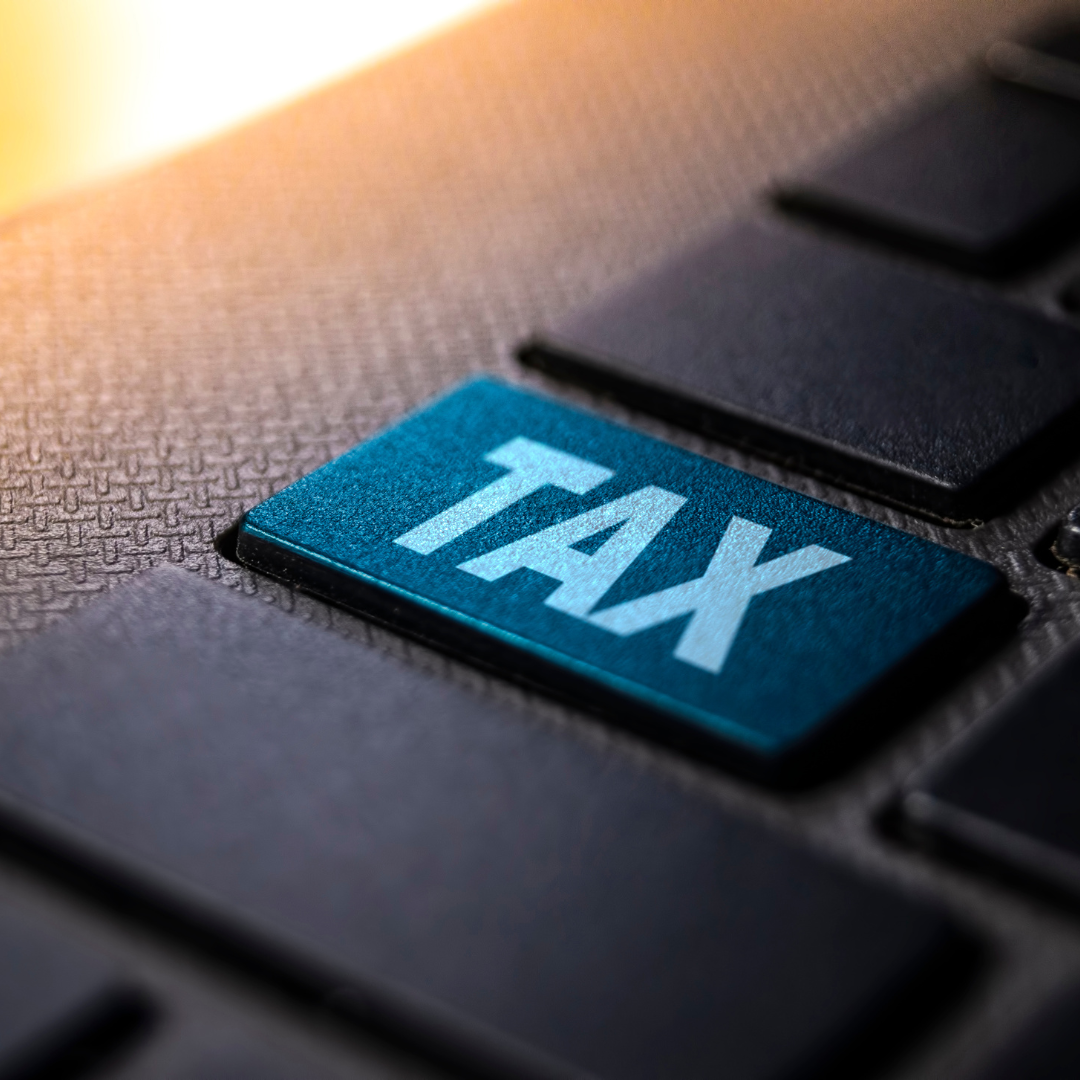Making Tax Digital: What It Means for You
The UK tax system is undergoing a major transformation — and it’s called Making Tax Digital (MTD). Designed to simplify tax reporting and improve accuracy, MTD is a government initiative that will soon affect millions of self-employed individuals, landlords, and small businesses.

What Is Making Tax Digital?
Making Tax Digital is HMRC’s plan to modernise the UK tax system by requiring taxpayers to:
- Keep digital records of income and expenses.
- Submit quarterly updates to HMRC using approved software.
- Replace the traditional annual Self Assessment return with a Final Declaration submitted digitally.
This shift aims to reduce errors, improve transparency, and make tax reporting more efficient for everyone.
When Is It Happening?
The rollout of MTD for Income Tax Self Assessment (ITSA) is happening in phases:
- April 2026: Mandatory for sole trader and landlords with total combined annual income (not profits) over £50,000
- April 2027: Threshold lowers to £30,000.
- April 2028: Further reduced to £20,000, bringing more taxpayers into the system
Certain groups — such as ministers of religion, Lloyd’s underwriters, and blind persons — are deferred until 2029, while others may be permanently exempt
Quarterly submission deadlines will follow a regular schedule:
- Q1: 6 April – 5 July → Due 7 August
- Q2: 6 July – 5 October → Due 7 November
- Q3: 6 October – 5 January → Due 7 February
- Q4: 6 January – 5 April → Due 7 May
MTD for Corporate Tax
HMRC has currently scrapped it's plans to roll out Making Tax Digital (MTD) for Corporation Tax (CT). This article explains why this change has been made and what the original plan was.
How can A P Robinson help
We're here to make sure you're completely ready by the deadline for Making Tax Digital. Our experts can help you get prepared, get in contact with us today to see exactly how we could help you.


